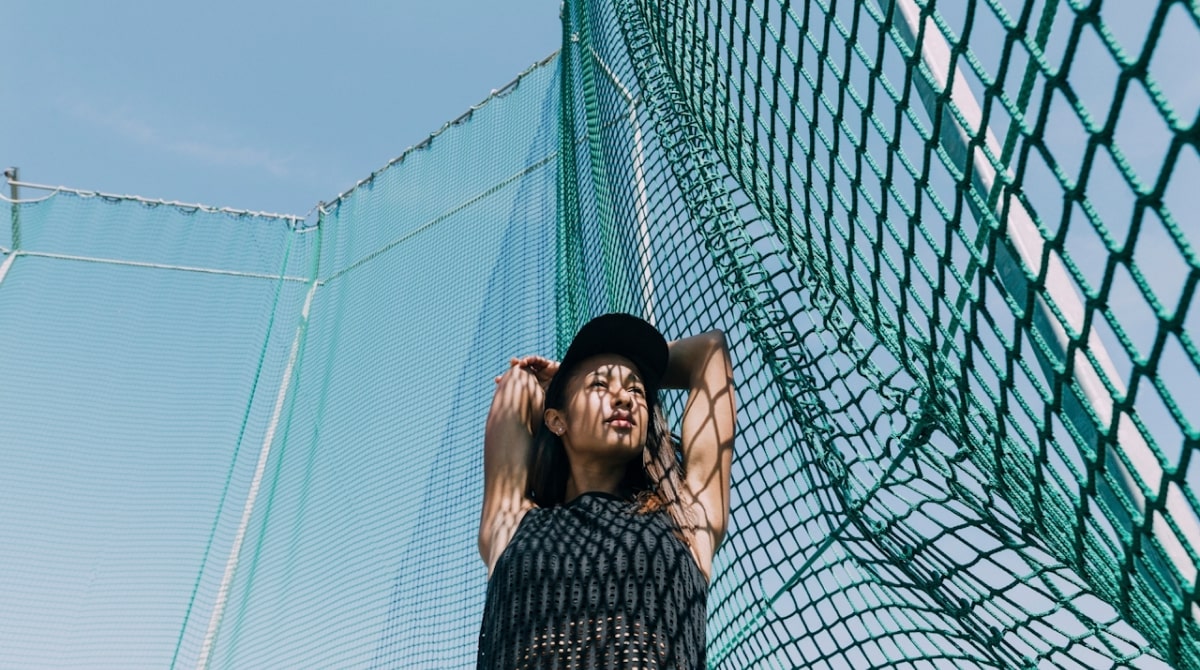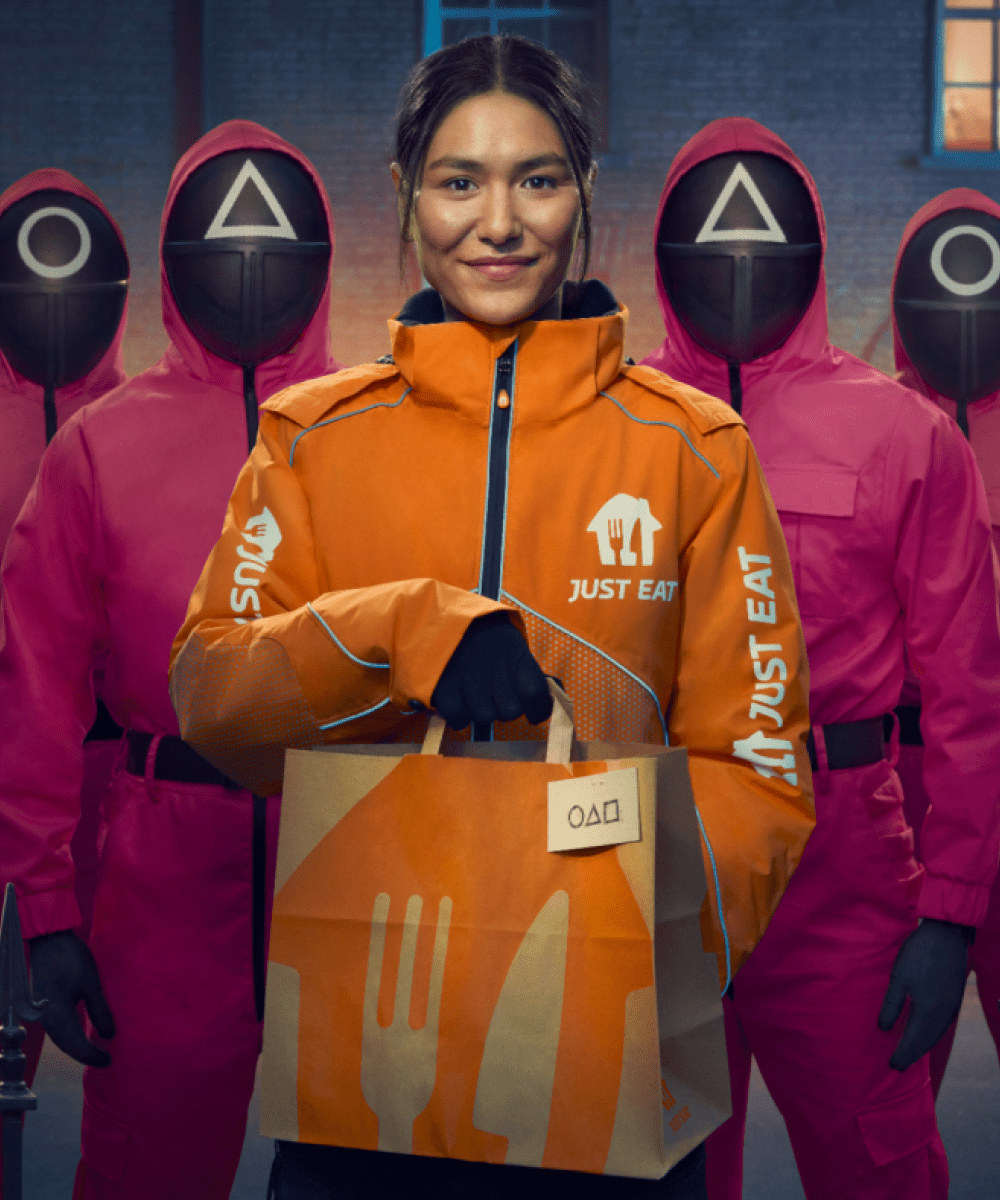How major sporting events can help brands connect with culture

The thrill of victory. The agony of defeat. The heartwarming underdog story. The Taylor Swift effect?
Sports evoke strong emotions, create lasting memories, and bring people together to root for a common cause. And in recent years, sports have collided with pop culture, bringing new fans into the frenzy.
This emotional and cultural pull towards sports is why recent engagement is almost hard to believe.
- 200 million viewers watched at least some of Super Bowl LVIII across all networks, the highest unduplicated total audience in history and up +10% compared to last year’s Super Bowl.
- The 2020 Tokyo Olympics garnered a staggering 3.6 billion viewers worldwide.
- On Instagram, Christiano Ronaldo is the most followed individual in the world, beating out the Kardashians and Beyonce. His account has over 621 million fans.
With so many monumental sporting events this year and billions of fans tuning into them, brands have a golden opportunity to connect with new customers.
Biggest opportunities for brands
To put it simply, there are lots of opportunities for brand activations as we quickly approach the Summer Olympics and European Championship. Where you focus depends heavily on your brand, budget, marketing strategy, and objectives, but here are some of the biggest opportunities we’re betting on.
Athlete collaborations
For millions of people around the world, athletes are idols who represent integrity and credibility.
They can’t “be bought” because they have a greater goal. Users know that when an athlete wears, eats, or uses a particular product, they truly believe in it, giving brands immediate credibility.
This is why creator collaborations can be powerful when marketing to sports fans. It’s not just about the reach athletes can provide–it’s the trust.
That’s why we recommend brands consider more than reach when working with athletes. While household-name athletes like Simone Biles and Lionel Messi might be tempting, there are many up-and-coming athletes with devoted audiences.
Neiman Marcus recently partnered with four athletes in its “The Achievers” campaign. The campaign features Victor Montalvo (breaking), Brooke Raboutou (rock climbing), Athing Mu (track and field), and Kelly Oubre Jr. (basketball) sharing their relationship with fashion. This blend of content and influence amplification not only introduced Neiman Marcus to new audiences but immediately created goodwill with these athletes’ followers.
A platform for social change
In recent years, sports have gone beyond pure entertainment. They’ve been a contributor to social change and equity, and brands have the opportunity to showcase what they stand for with their partnerships and media buys.
Take women’s sports, which have traditionally seen fewer sponsorships and less viewership than men’s sports. By choosing these opportunities, brands can align themselves with equality and inclusion while securing interest from women’s sports fans.
In 2023, Ally Bank worked with CBS to move the National Women’s Soccer League championship game into its first-ever prime-time slot, increasing viewership by 71%.
And viewership translates into action. Nielsen reports that after seeing WNBA sponsorships during a game, 44% of WNBA fans claim to have visited the brand’s website, and 28% claim to have purchased something from the brand. Those numbers are higher than NBA fans who were asked the same questions.
An earned media strategy
Buying media during major sports events gets real expensive, real quick. Brands without sponsorships (but still wanting to get involved) should consider an earned media investment over a traditional one.
One way to do this successfully is to think about PR-able stunts, storytelling, and unconventional activations that ride the waves of virality. Then, amplify those moments within owned channels and various news and media outlets to capture consumer attention. This agility will allow you to stand out, take advantage of trending content, and lead the conversation.
Most of us remember the phenomenon of unimpressed McKayla Maroney. The video of her winning silver on vault went viral within minutes, and a meme of a decade was born. A simple tweet was enough to join the conversation, but Dr Pepper Snapple Group went even further.
Or when England won the 2022 Women’s Euro, Amazon, Royal Mail, and Sainsbury’s joined the conversation with agile, punchy content across social media.
While NBCU has “sold out of key sponsorships for 2024 Paris games,” there are still plenty of eyes to pull. Half of all users watch highlights and replays of earlier events across news channels, YouTube, and TikTok, so there are plenty of opportunities to make a splash.
To stand out, tap into what makes sports great
While many avenues of marketing around sports are untapped, there is still fierce competition with other brands. And in the US, August will be crowded with political advertisements, driving up bidding and potentially causing ad blindness.
To succeed in this environment, you must align your brand with what makes sports so powerful in the first place. Humanity, respect, teamwork, and integrity. Think through how your brand and products connect to that ethos, and then create a cohesive experience around your audience’s favourite sports, athletes, and teams.
Finally, spread your focus across multiple channels to take advantage of as many consumer touchpoints as possible. Use owned and earned media to augment your marketing investment and create an opportunity for outsized growth.
With the right strategy, you can elevate your brand and make connections with sports fans all over the world.



